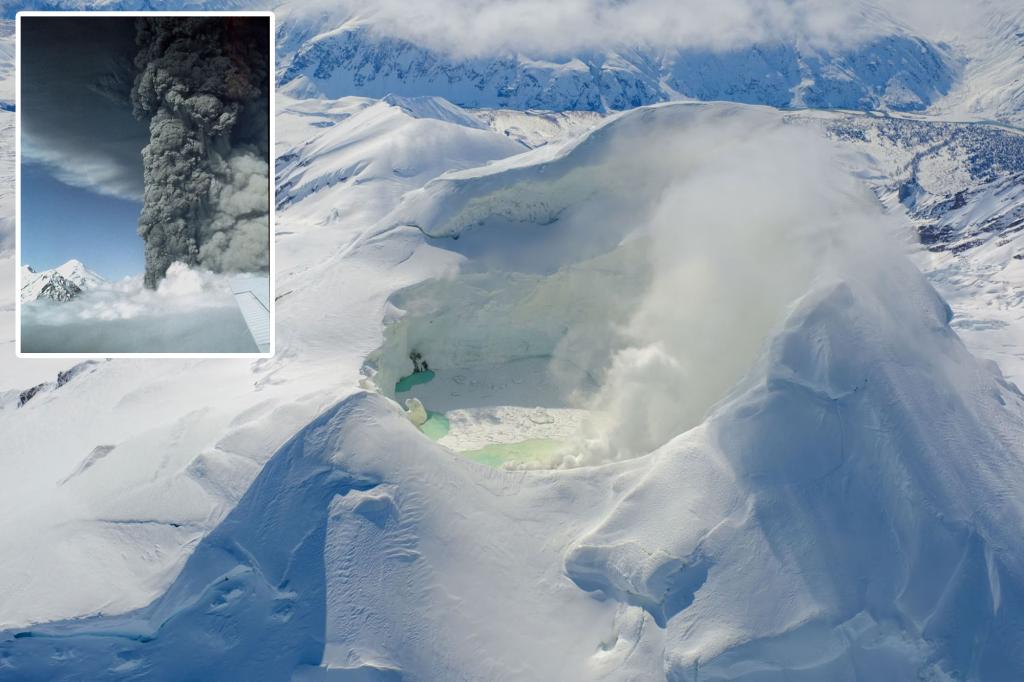Is it going to blow — or blow over?
Seismic activity levels on Alaska’s Mount Spurr soared to March levels earlier this week, sparking fear that an eruption could be on the horizon.
“Earthquake activity beneath Mount Spurr remains elevated,” the Alaska Volcano Observatory (AVO) warned in a May 28 report. “Following a steady decline from late March through April, shallow earthquake activity has increased in the past two weeks to March levels of about 100 events per week.”
And while the advisory assured that the “likelihood of an eruption continues to gradually decline,” the 11,000-foot volcano remains at an “elevated state of unrest,” meaning that an “explosive eruption” is still possible.
“We’re not out of the woods yet, by any means,” Matt Haney, a researcher with the Alaska Volcano Observatory, told Alaska Public Media. “There’s still earthquakes happening at Mount Spurr.”
However, an AVO report on May 29 found that while “low-level unrest continues, no changes have been observed in the monitoring data to indicate that the volcano is moving closer to an eruption.”
“If an eruption occurred, it would be preceded by additional signals allowing warning,” they said.
If an eruption were to occur, it would likely send a spout of ash shooting as high as 50,000 feet into the air, Haney previously told the Daily Mail, adding that the resulting cloud could cover the neighboring city of Anchorage.
Spurr has been on officials’ radar since April 2024, when they observed a spike in seismic activity.
By October, the rate of tremors had soared from 30 per week to 125 per week.
The recent return to those levels has raised alarm bells. Meanwhile, a gas measurement probe from May 23 found that emissions were slightly lower, but within the “uncertainty bounds” of those measured during the last gas analysis on April 24.
They wrote that “CO2 values” from the volcano’s vents remain at “above background” levels which could indicate the presence of magma underneath the surface.
However, AVO noted these levels were similar to the readings in 2004 and 2006, a similar period of activity when Spurr didn’t blow its stack.
Alaskans likely won’t need to batten down the hatches just yet.
“The pause in deformation suggests” that the shallow intrusion of magma “over the past 17 months has stalled,” according to the agency.
“This intrusion of magma could still lead to an eruption, but gas and earthquake activity do not clearly indicate an unstable or pressurizing system.”
A Spurr eruption, the AVO said, would likely be nearly identical to eruptions in 1953 and 1992, which involved explosive events that lasted several hours and produced ash clouds that traveled hundreds of miles and rained ash across southcentral Alaska.
The latter year’s explosion notably blanketed Anchorage with ash, causing officials to shutter the airport.
A possible Spurr eruption — which would likely originate from its side vent, called Crater Peak — would also cause mudslides and avalanches of volcanic debris and ash to roar down the mountain at 200 miles per hour.
“Fortunately, there are not any communities in that radius that would be affected,” Haney said.
Read the full article here


